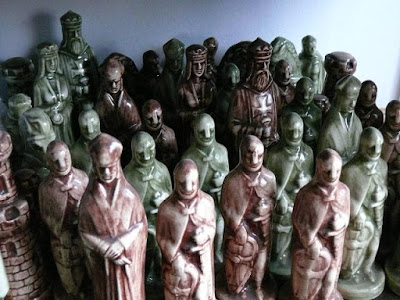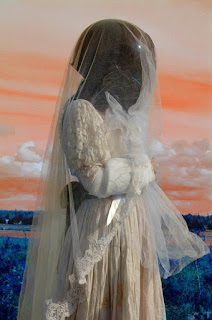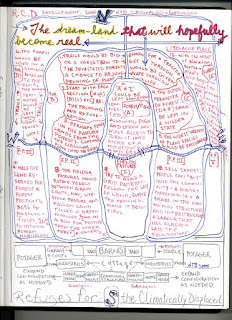Search This Blog
TAMAN_ART : Art-based doctoral student | Doctorant en art :: écologies || surréalisme || assemblage || installation || musée-maison || communities | communautés || pédagogies & art-education | éducation artistique || sélénologies || networks | réseaux || périphéries :: Ontario & Québec ||| Instagram : @peripheries_art ||| YouTube : @taman.ON-QC ||| Image : elemental | élémentaire (2023) |||
Posts
Showing posts from May, 2008
The Ghosts of our Machines/Les fantômes de nos machines
- Get link
- X
- Other Apps
Landpriest & Landpriest with Sentinels
- Get link
- X
- Other Apps
XXI Century Lowlands Future (RCDs, Northward Migration, Territory1, Totems for the New Age)
- Get link
- X
- Other Apps
Head-Gear for the Post-Apocalypse (SentinelWear)
- Get link
- X
- Other Apps
Concepts for a Lowlands Arcology (Abitibi Bio-Region, Otenaw Arcology & the Refuge for the Climatically Displaced)
- Get link
- X
- Other Apps

.JPG)




.JPG)





2.JPG)
2.JPG)

